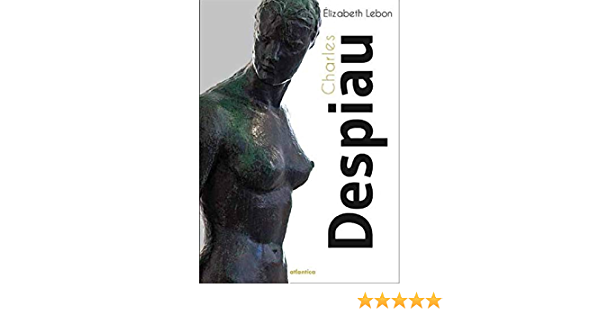Discovered by Rodin: Who is Charles Despiau?
He always started by drawing the pattern of the model. That's why he left thousands of patterns. There are nearly two hundred busts.

The French sculptor was born in Mont-de-Marsan in 1874. He worked in the workshop of Barrias at the Paris Fine Arts High School. Some of his works attracted Rodin's attention for their sensuality and maturity of form. Rodin summoned him as an assistant to his workshop. This joint work lasted five years.
(1874-1946) French sculptor. He is known for his nude sculptures and portrait busts he made with a classical understanding. He was born in Mont-de-Marsan in November 1874 and died in Paris on 30 October 1946. He studied old masters and their works at the Fine Arts School in Paris, the Louvre, and the French Monuments museums. These works helped direct his artistic personality and style. In 1907, he caught Rodin's attention with works such as The Girl Who Reads and The Little Girl from Landes and became his assistant. They worked together for five years. Between 1920 and 1922, Charles Despiau built a large-scale war memorial in his native city. In 1923, he participated in the Salon d'Automne and Salon des Tuilleries exhibitions, of which he was one of the founders. His war memorial and his success in these exhibitions led to his name spreading within and outside of France.
Despiau's works can be grouped into three groups: large nude sculptures, portrait busts, and Terra-cottas (terracotta figurines). Although he was influenced by Rodin during his years as his assistant, after a while he developed his own style based on a simple and direct narration with an attitude against his romanticism. In his works in which classical Greek influence is observed, he created works that look stagnant and plain, avoiding dramatic movements and approaches.
Despiau reached more mature forms in nude female sculptures compared to nude male sculptures with slender and long bodies whose joints are very slightly defined. His sketches were also found successful by critics.
Charles Despiau worked at a time when avant-garde painters gave up on portraiture and academic art advocates only cared about appearance and produced superficial works. He tried to add enthusiasm and emotion to his works and to spread the idea of the Subtle, delicate, and friendly nature of human creation. His most important works in this sense are portrait busts with similar features to Maillol. In these works, young women's faces, which hide their freshness, purity, and vitality behind a mask and therefore leave a mysterious impression, are usually processed. In all of these, especially in the bust of Maria Lani, the faces seem to try to restrain a colorful inner world, a rich mood, and intense emotions. In all of Despiau's forms, there is solemnity and introversion. He made sure that the eyes were still, the lips were still, and the faces were clear and open in the human figures, so he did not give any clues to define the intensity of emotion that was easily perceived.
